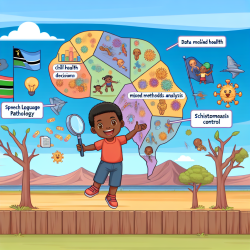Understanding the Cumulative Lifetime Violence Severity Scale
The Cumulative Lifetime Violence Severity (CLVS) scale represents a significant advancement in the measurement of violence exposure and its impact on health, particularly among men. Developed through rigorous research and testing, this scale provides a comprehensive tool for assessing the severity of cumulative lifetime violence. The CLVS scale considers various dimensions of violence, including type (physical, psychological, sexual), timing (childhood, adulthood), focus (perpetrator, target), context, frequency, and degree of distress. This multidimensional approach offers a more nuanced understanding of how violence impacts health over a lifetime.
Key Findings and Implications for Practitioners
The research conducted by Scott-Storey et al. (2020) highlights the importance of considering the cumulative effects of violence on health. The study found that the CLVS-44, a 44-item scale derived from the original 64-item version, provides a reliable and valid measure of cumulative lifetime violence severity. The scale demonstrated strong internal consistency, with a Cronbach’s alpha of .92, and significant correlations with mental health outcomes such as depression, anxiety, and PTSD.
For practitioners, these findings underscore the need to adopt a holistic approach when assessing and treating individuals who have experienced violence. By using the CLVS scale, practitioners can better understand the complex interplay between different types of violence and health outcomes. This understanding can inform more effective intervention strategies, tailored to the unique experiences and needs of each individual.
Practical Applications in Online Therapy
At TinyEYE, we are committed to leveraging data-driven insights to enhance our online therapy services for schools. The CLVS scale offers a valuable tool for practitioners working with children and adolescents who may have experienced violence. By integrating this scale into our assessment protocols, we can gain a deeper understanding of the impact of violence on our clients’ mental health and well-being.
- Comprehensive Assessment: The CLVS scale allows practitioners to assess the full spectrum of violence experiences, providing a more complete picture of the client’s history and current challenges.
- Targeted Interventions: By identifying specific patterns of violence exposure, practitioners can develop targeted interventions that address the root causes of mental health issues.
- Improved Outcomes: A data-driven approach to therapy can lead to improved outcomes for children and adolescents, fostering resilience and promoting long-term well-being.
Encouraging Further Research
While the CLVS scale represents a significant advancement in the field, further research is needed to explore its applicability across diverse populations and settings. Practitioners are encouraged to contribute to this ongoing research by implementing the scale in their practice and sharing their findings with the broader community. By collaborating on research efforts, we can continue to refine our understanding of violence and its impact on health, ultimately improving outcomes for individuals affected by violence.
To read the original research paper, please follow this link: Cumulative lifetime violence severity scale: development and initial testing among men.










